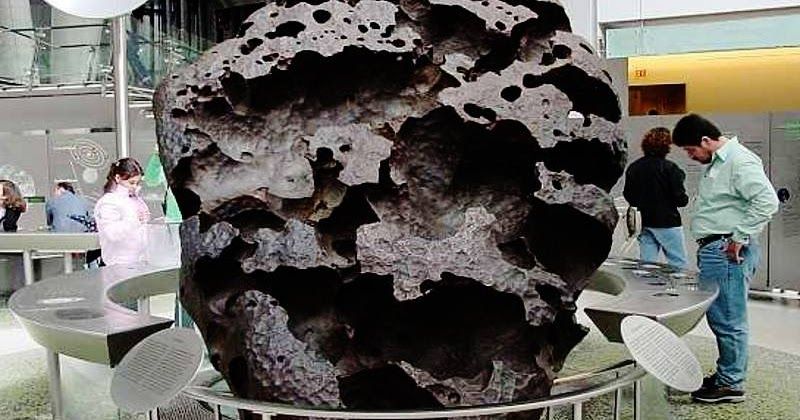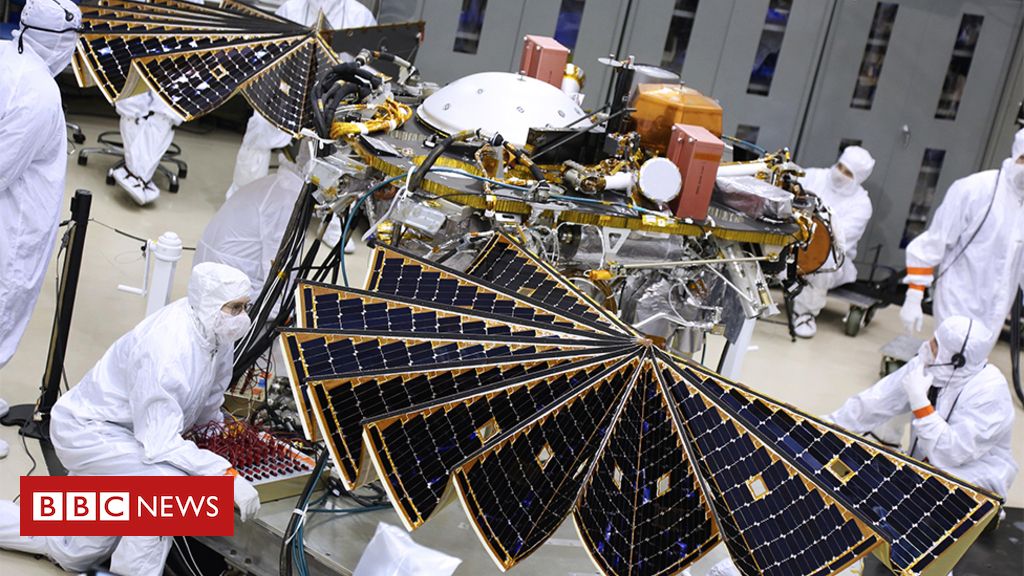Already, it could help people express hunger or pain.





The Willamette Meteorite weighs 15.5 tons. This iron meteorite, which was found in Oregon. It is the largest meteorite found in North America.
The Willamette Meteorite is an iron-nickel meteorite discovered in the U.S. state of Oregon. It is the largest meteorite found in North America and the sixth largest in the world.
There was no impact crater at the discovery site; researchers believe the meteorite landed in what is now Canada or Montana, and was transported as a glacial erratic to the Willamette Valley during the Missoula Floods at the end of the last Ice Age (~13,000 years ago).
Even the device’s creators were impressed by the clarity of the images.
Researchers from the University of Stirling found women working at the Ambassador Bridge between Detroit and Ontario are 16 times more likely than average to get breast cancer.


EXPLORER, the world’s first medical imaging scanner that can capture a 3D picture of the whole human body at once, has produced its first scans.
The brainchild of UC Davis scientists Simon Cherry and Ramsey Badawi, EXPLORER is a combined positron emission tomography (PET) and X-ray computed tomography (CT) scanner that can image the entire body at the same time. Because the machine captures radiation far more efficiently than other scanners, EXPLORER can produce an image in as little as one second and, over time, produce movies that can track specially tagged drugs as they move around the entire body.
The developers expect the technology will have countless applications, from improving diagnostics to tracking disease progression to researching new drug therapies.

WASHINGTON (AP) — The next generation of biotech food is headed for the grocery aisles, and first up may be salad dressings or granola bars made with soybean oil genetically tweaked to be good for your heart.
By early next year, the first foods from plants or animals that had their DNA “edited” are expected to begin selling. It’s a different technology than today’s controversial “genetically modified” foods, more like faster breeding that promises to boost nutrition, spur crop growth, and make farm animals hardier and fruits and vegetables last longer.
The U.S. National Academy of Sciences has declared gene editing one of the breakthroughs needed to improve food production so the world can feed billions more people amid a changing climate. Yet governments are wrestling with how to regulate this powerful new tool. And after years of confusion and rancor, will shoppers accept gene-edited foods or view them as GMOs in disguise?